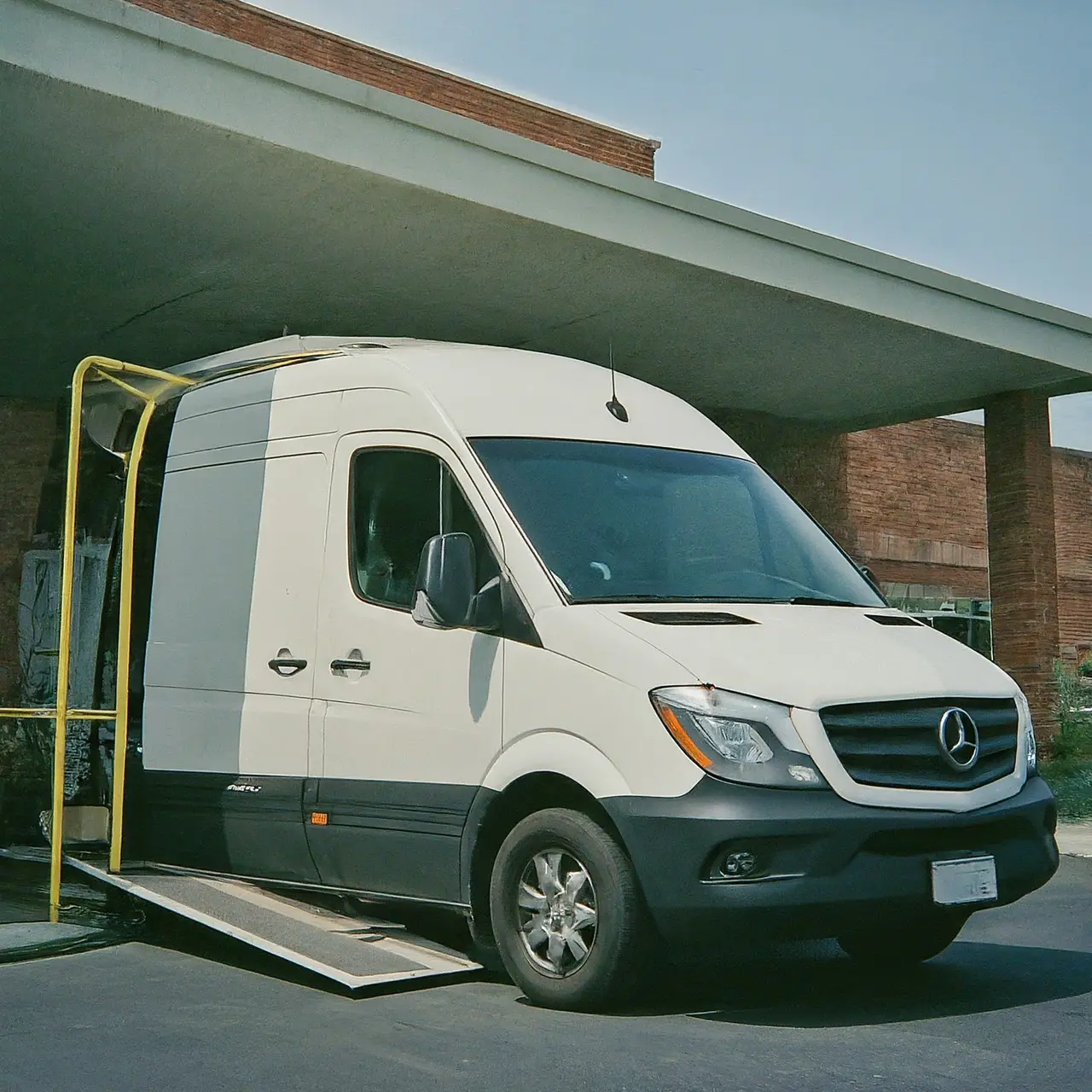Navigating the world doesn’t come with the same ease for everyone; for many, the mere act of moving from point A to B is fraught with hurdles. Wheelchair-friendly patient transportation signifies more than just a service—it’s a bridge to independence, dignity, and participation in society.
The Importance of Wheelchair Accessibility in Patient Transportation
Accessibility is not just a convenience; it’s a necessity. For individuals relying on wheelchairs, accessible transportation is crucial for attending medical appointments, engaging in community activities, and maintaining social connections.
Unfortunately, the gap between the need for accessible transport and its availability remains wide. Many areas lack vehicles adapted for wheelchair use, leaving users facing significant barriers to mobility.
Beyond physical barriers, there’s also a need for driver awareness and training to ensure safe, respectful handling of passengers with mobility challenges.
Innovative Solutions for Wheelchair-Friendly Transportation
In recent years, technological advancements and innovative designs have paved the way for more accessible transportation options. From wheelchair-accessible taxis to public buses outfitted with ramps and secure seating, the landscape is gradually changing.
One exciting development is the rise of apps specifically designed to connect wheelchair users with accessible transport options in real-time, breaking down one of the most significant barriers to mobility.
Key Considerations for Selecting Patient Transportation Services
When choosing a patient transportation service, several factors come into play. Accessibility features, such as ramps and adequate space, are non-negotiable for wheelchair users.
Reliability is also paramount. Services that offer timely pickups and drop-offs can significantly reduce the stress of planning for appointments and engagements.
User reviews and recommendations can provide invaluable insights into the reliability and quality of service, guiding individuals in making an informed choice.
Real-Life Success Stories: Making a Difference Through Accessibility
Across the globe, individuals and organizations are making strides in improving patient transportation for wheelchair users. One notable example is a city that revamped its entire public transit system to ensure full accessibility, significantly improving the daily lives of its disabled residents.
Another story comes from a nonprofit organization that launched a fleet of fully accessible vans, offering free rides to medical appointments for wheelchair users. Such initiatives highlight the profound impact that accessible transportation can have on individual lives and communities.
It’s these stories of change and progress that inspire continued efforts toward greater accessibility in transportation. By sharing these successes, we can motivate policymakers, service providers, and the community at large to prioritize inclusivity in mobility solutions.
The journey towards enhancing wheelchair-friendly patient transportation is ongoing and vital. By prioritizing accessibility, we’re not just offering a service; we’re affirming the right of everyone to move freely and participate fully in life.

